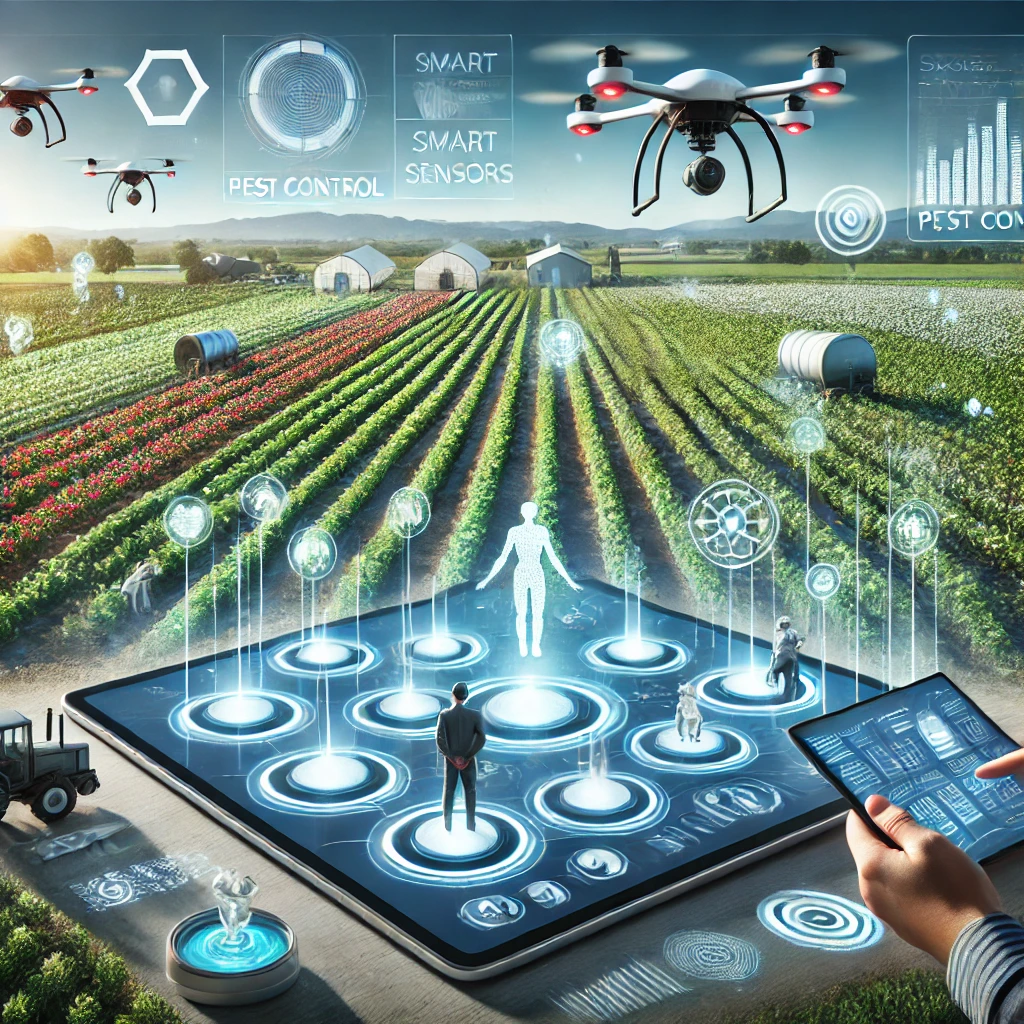Introduction to Smart Sensors
Smart sensors have revolutionized pest control by providing real-time data and enhanced monitoring capabilities. These sensors detect and analyze environmental conditions, pest activity, and other relevant factors. Integrating smart sensors into pest control systems improves the accuracy of pest detection and the effectiveness of control measures.
Types of Smart Sensors
Various types of smart sensors are used in pest control. Environmental sensors monitor conditions such as temperature, humidity, and light levels, which influence pest behavior and development. Motion sensors detect the presence and movement of pests, while acoustic sensors capture pest noises to identify infestations. Each sensor type provides unique data that contributes to a comprehensive pest control strategy.
Data Collection and Analysis
Smart sensors collect vast amounts of data, which is then analyzed to understand pest activity and environmental conditions. Data is transmitted to central systems where it is processed and interpreted. Advanced analytics and machine learning algorithms help identify patterns and trends, providing actionable insights for pest control decisions. This data-driven approach enables precise and timely interventions.
Integration with Pest Management Systems
Integrating smart sensors with existing pest management systems enhances their effectiveness. For example, sensors can trigger automated responses such as activating traps or alerting pest control professionals when thresholds are exceeded. This integration allows for real-time adjustments to pest control strategies, reducing reliance on manual inspections and improving overall efficiency.
Challenges and Considerations
Despite their benefits, integrating smart sensors into pest control systems presents challenges. Sensor placement and calibration must be carefully managed to ensure accurate data collection. Additionally, data security and privacy concerns must be addressed, especially when transmitting sensitive information. Cost considerations and the need for technical expertise can also impact the implementation of smart sensor systems.

